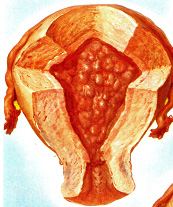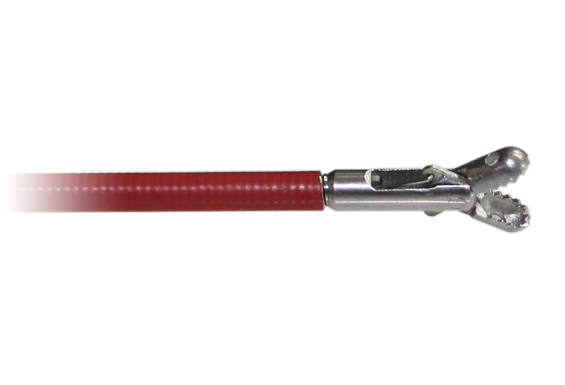
–Biopsies from the distal colon and rectum does not always reveal diagnostic findings –At least three to four biopsies from both the right and left colon –Two or more biopsies from the sigmoid colon –Two or more biopsies from the descending colon –Two or more biopsies from the transverse colon –Two or more biopsies from the ascending colon –Do not perform biopsies if minor abnormalities of the duodenal mucosa –Four to six biopsies from the duodenal bulb and distal duodenum –Multiple biopsies (≥8) from the base and edges if there is suspicion of malignancy –Protocol for environmental metaplastic atrophic gastritis –Representative biopsies from the smaller polyps –Short segments (1 cm and hyperplastic polyps >2.5 cm should be removed –Barrett's esophagus with high-grade dysplasia: biopsies of 4 quadrants each 1 cm –Barrett's esophagus with low grade dysplasia: biopsies of 4 quadrants each 1–2 cm –Barrett's esophagus without dysplasia: biopsies of 4 quadrants each 2 cm –Biopsies in a esophageal–gastric junction with inflammatory aspects are not recommended

–Biopsies directed to irregularities of the mucosa, if clinically appropriate Table 1, Table 2 summarize the proposals to perform biopsies in upper and lower endoscopy, respectively. However, it is necessary to admit that in certain conditions the available evidence does not allow to establish strong recommendations and, in such cases, it is upon the gastroenterologist decision-making about the cost-benefit of biopsies. 2, 3 These are pragmatic approaches that are based on the principle that the biopsies should be performed only when have potential to change the future approach to the patient. In this review we describe the available evidence in the literature, including the more recent guidelines published, on when or not to perform endoscopic biopsies in upper and lower endoscopy.

As such, it is essential that each endoscopy unit develop, in conjunction with the pathology departments, simple guidance on what information provide on requisitions. The histological opinion is, as the radiological opinion, entirely dependent on the clinical information provided and the questions that are being asked. 1Īnother crucial point is the communication with the anatomopathologists. One possible explanation relates to the evidence that clinicians with less experience are more likely to perform unnecessary biopsies. In order to rationalize the use of histopathological examinations, it is crucial to understand why some gastroenterologists perform biopsies more often than others.

Given the differences between the recommendations and the clinical practice, the inexorable increase of requests for endoscopic examinations and the financial burden associated with it, it is essential that we concentrate on the challenge that endoscopic biopsies represent. Gastrointestinal endoscopy and the acquisition of tissue samples are essential for the diagnosis and treatment of various diseases of the digestive system.


 0 kommentar(er)
0 kommentar(er)
